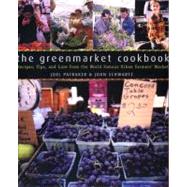Edmunds presents the steps to success in accessible, inspirational, often humorous ways. They are uncomplicated but challenging; proactive as well as reactive; tried and definitely true. She identifies the six tasks necessary for achieving entrepreneurial rewards: take charge of tour thoughts, overcome obstacles, establish communication, build a dynamic support system, achieve balance, and expand your horizons.Through personal example and anecdote, how-to advice, red exercises readers will learn how to use the six keys to open the door to a future they might have never dreamed possible. After all, there is no business like your own









